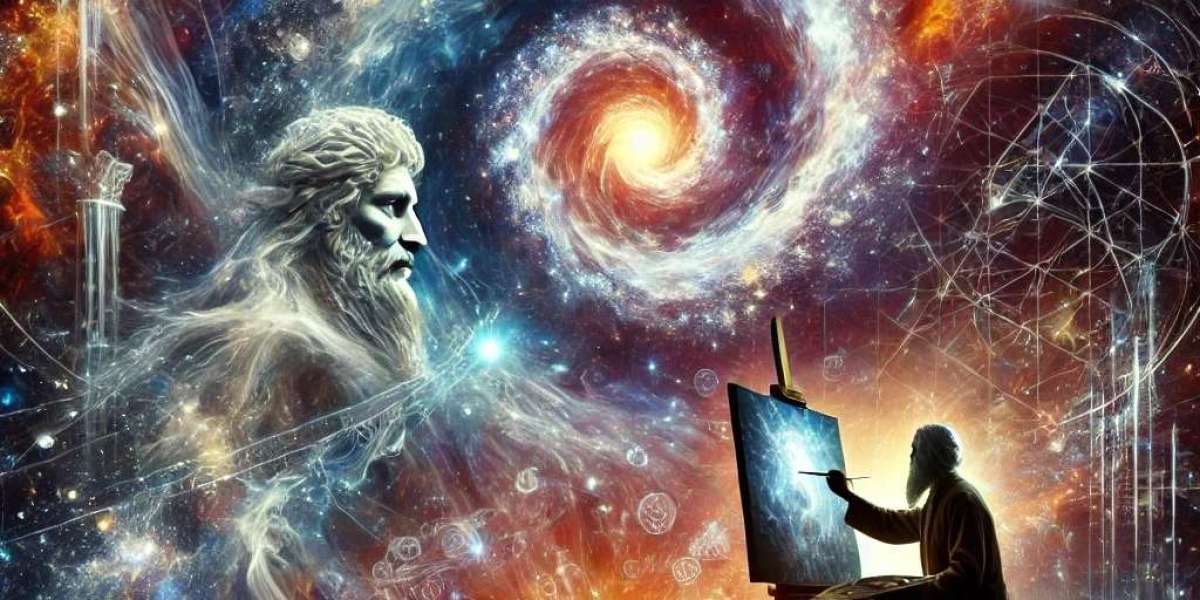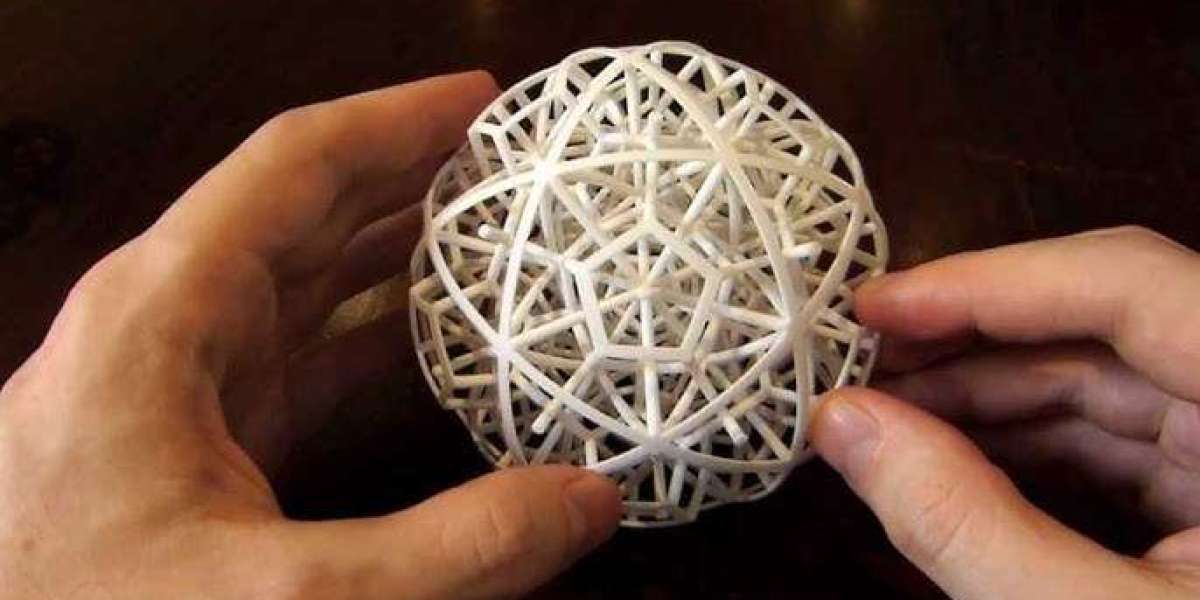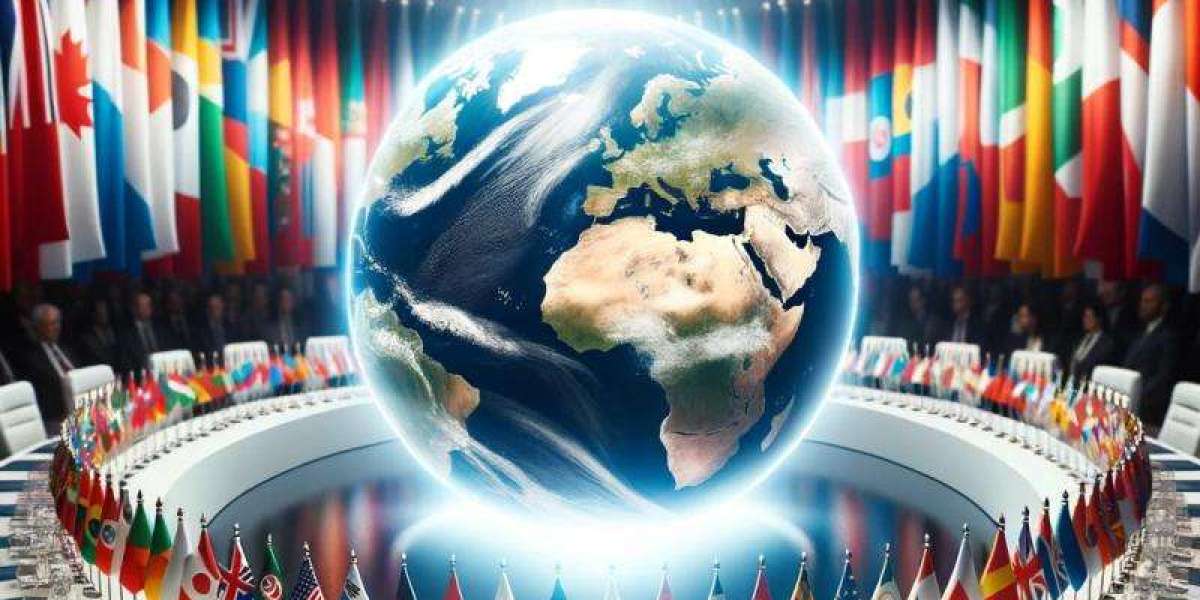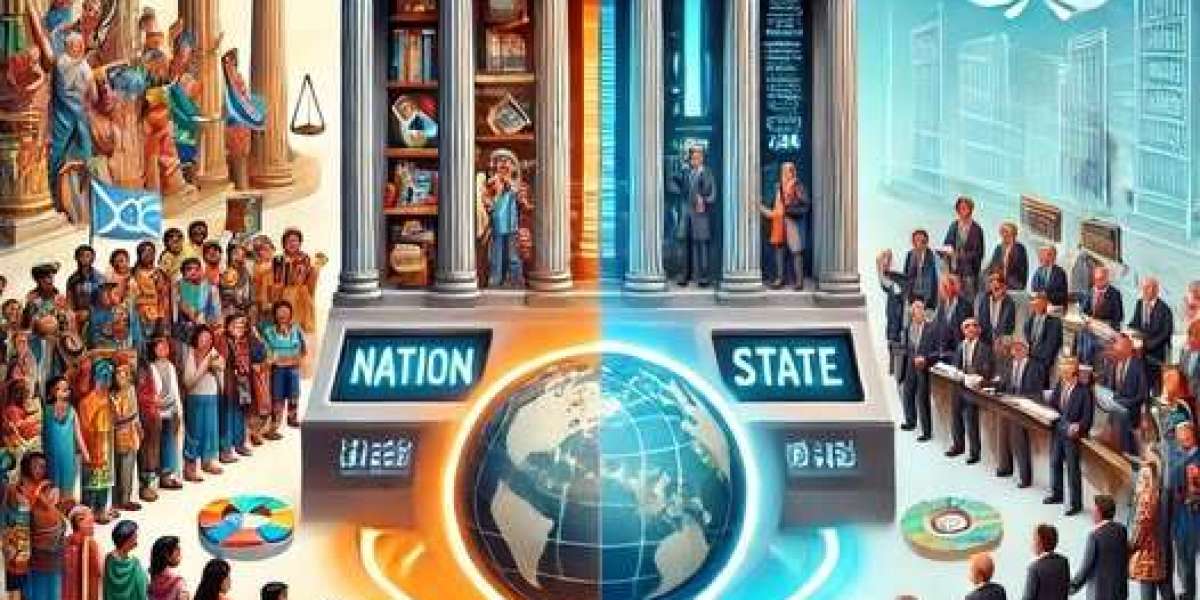Introduction
Art is not merely an expression of human creativity; it is a force, a bridge between the visible and the invisible, the finite and the infinite. Throughout history, art has shaped civilizations, translated emotions, and conveyed the inexpressible. Today, in the emerging field of Natiometry, art and artists hold a fundamental place. The Natiometer, a scientific and technological marvel, does not only function in the cold logic of data and algorithms; it breathes, it vibrates, it resonates with the deep essence of nations, and it is through art that this resonance finds its full meaning.
I. Art as a Sensor of the Nation's Soul :
A nation is not just a geopolitical entity; it is a living, breathing organism, carrying dreams, struggles, identities, and contradictions. If the Natiometer aspires to capture the heartbeat of nations, how could it do so without the contribution of art? Art is the mirror, the pulse, the very breath of societies. Whether through literature, painting, music, or cinema, it reveals hidden energies, narrates the untold, and unveils the essence of a people.
Just as a physicist deciphers the forces that govern the universe, the artist deciphers the invisible forces that shape collective consciousness. The Natiometer, to be truly complete, must integrate this artistic dimension. The quantitative data it processes must be illuminated by the qualitative dimension of artistic creation. A nation is not only measured by its GDP or its demographics but also by its poetry, its myths, and the deep meaning it gives to its existence.
II. Artists as Architects of Natiometry :
Artists are not merely observers; they are architects of reality. They create, they shape, they reinvent. The Natiometer, as a technological tool, needs them as interpreters and co-creators. The arts, with their sensitivity and depth, offer an essential counterpoint to the rigor of scientific modeling. Where raw data might seem dry, art gives it texture, life, and nuance.
Imagine a Natiometer enriched by artistic contributions, where data visualizations are transformed into moving paintings, where national analyses take the form of poetic narratives, and where social transformations are captured in symphonies. The arts, far from being secondary, become the living matter through which the Natiometer expresses its deepest truth.
The role of the artist in Natiometry is that of a visionary. They are the ones who anticipate, who feel the pulse of tomorrow before it emerges in statistics. A painter discerns the upheavals of a nation through color before the sociologist detects them in figures. A poet captures in a single verse what decades of studies struggle to translate. If Natiometry is the science of nations, artists are its prophets.
III. The Convergence of Science and Art: A New Renaissance :
The emergence of the Natiometer in the scientific and technological landscape is not simply a revolution of methods; it is a revolution of perspectives. It invites us to rethink knowledge in a holistic way, no longer separating reason from emotion, logic from intuition, but rather bringing them together in a grand symphony of understanding.
The greatest periods of human history have been those where art and science walked hand in hand: the Renaissance, where Da Vinci’s drawings were as scientific as they were artistic; the Enlightenment, where philosophy, literature, and physics were intertwined. Natiometry, in its ambition, must embrace this same synergy. The future of nations will not be written in cold mathematical equations alone; it will be sung, painted, sculpted, and dreamed.
Thus, the Natiometer is not only a tool of measurement but also a canvas where nations reveal themselves, an orchestra where their voices harmonize, a vast novel in which each page tells a unique story. Artists, by their essence, are indispensable to this undertaking. Their mission is not to embellish, but to reveal. Not to decorate, but to illuminate.
Conclusion :
The Art of Measuring the Unmeasurable.
Can a nation be fully grasped in figures and charts? Can its essence be captured in an equation? No. But can it be understood through the harmony of art and science? Absolutely. The Natiometer, by integrating art as an essential dimension, does not reduce nations to mechanical entities; it restores them to their full, vibrant humanity.
In this unprecedented marriage between Natiometry and the arts, humanity finds a new path—a path where knowledge is no longer a sterile accumulation of data but a luminous revelation of meaning. The future belongs to those who understand that the real measure of a nation is not only in what it produces but in what it dreams, creates, and dares to imagine.
The artist and the scientist, the poet and the engineer, the musician and the algorithmist—all are called to walk together on this path of exploration, where Natiometry, nourished by the arts, will become not only the science of nations but the very art of understanding them.
Amirouche LAMRANI.
Associate researcher at GISNT.









